Day 10. Trip to a village.
Today we visit a village to learn about the local culture and to visit the village school. We leave about eight in the morning for the trip. It's a 45 minute, very cold boat ride. We are met by the village hostess, or village tour guide.
Chiawa village:
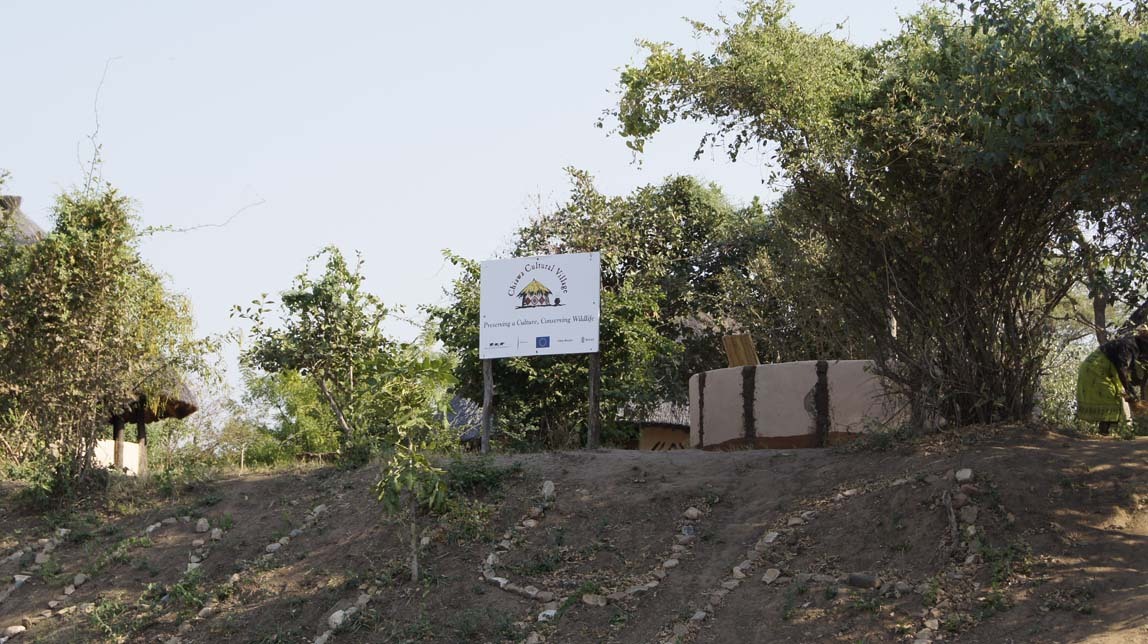
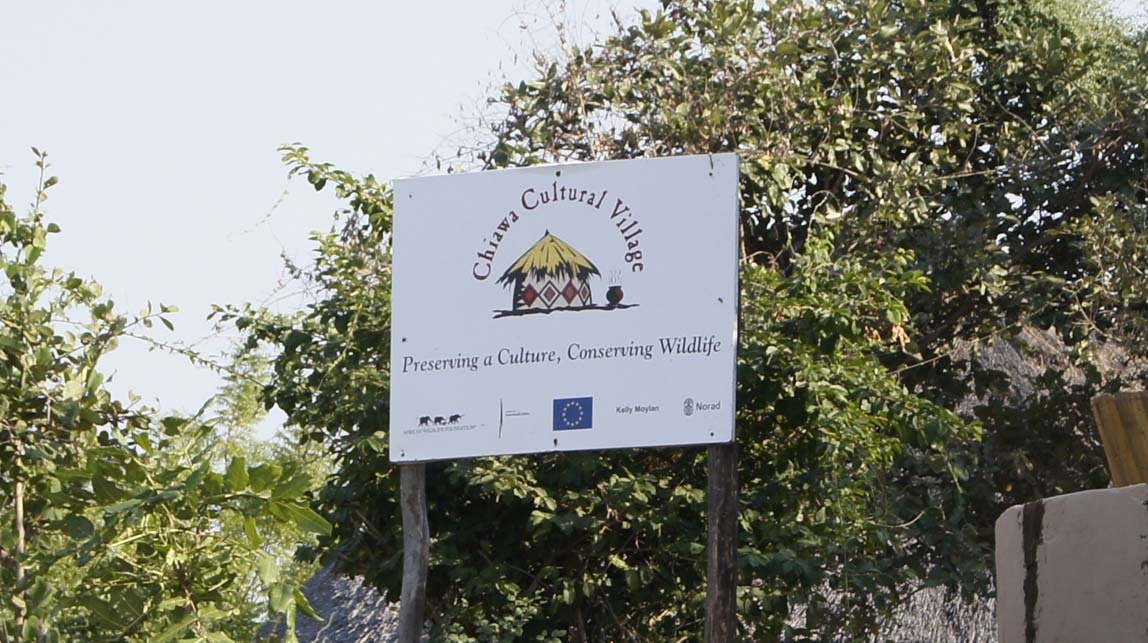
The children of the village are very curious about their tourist-visitors. Below is a photo of the first kids that we saw. Don't worry, I have better photos of these beautiful young people. At this point, I am documenting that from the very first moment, the children started following us around.
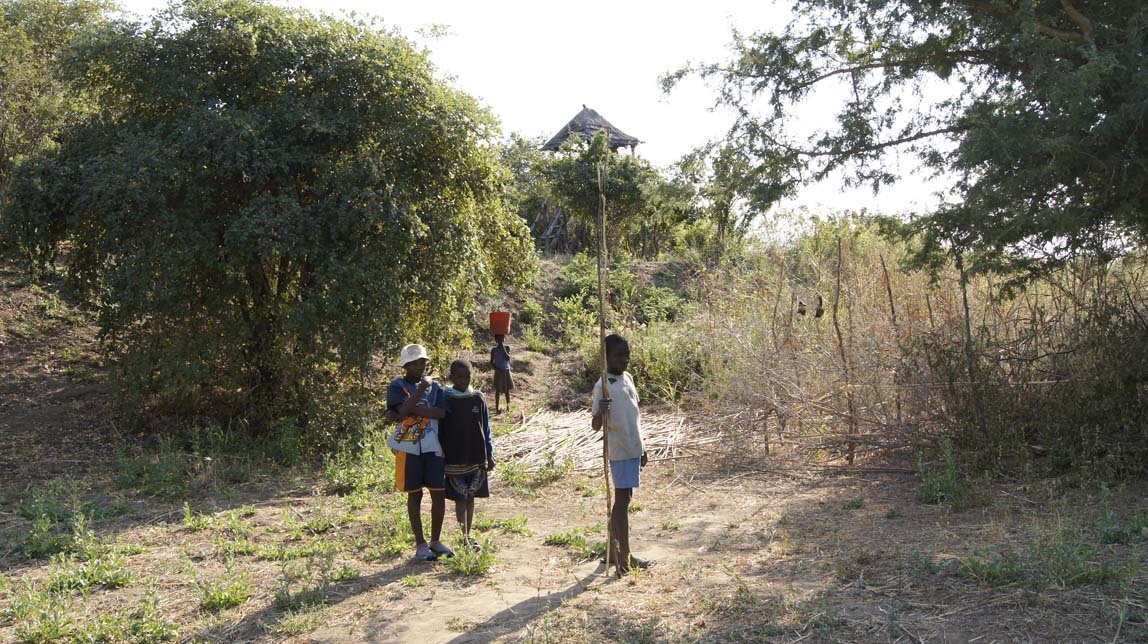
Our village guide gives a short introductory presentation, then we walk through the living area of the village. There are huts and small buildings scattered around, a central area with a water pump and a farmers market, and kind of a city-center area with music and bars.
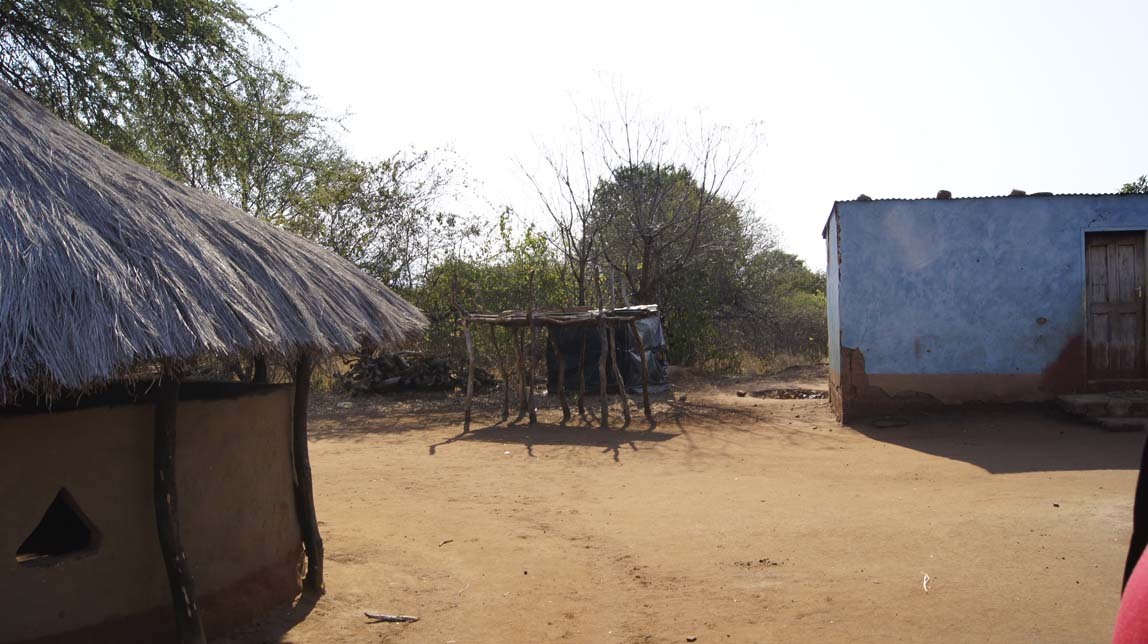
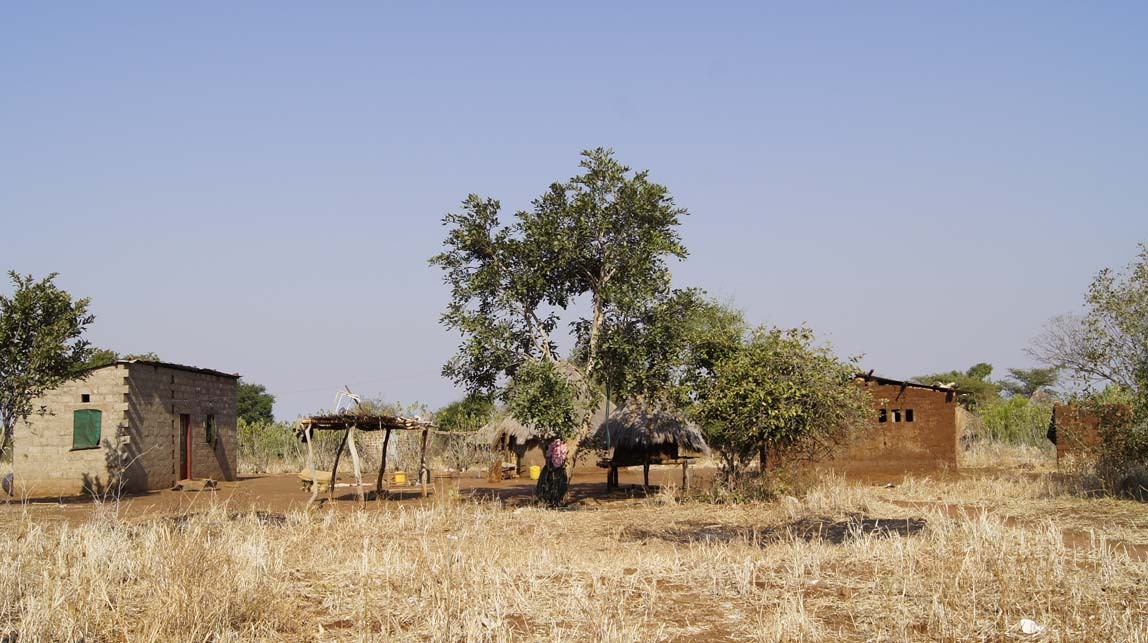
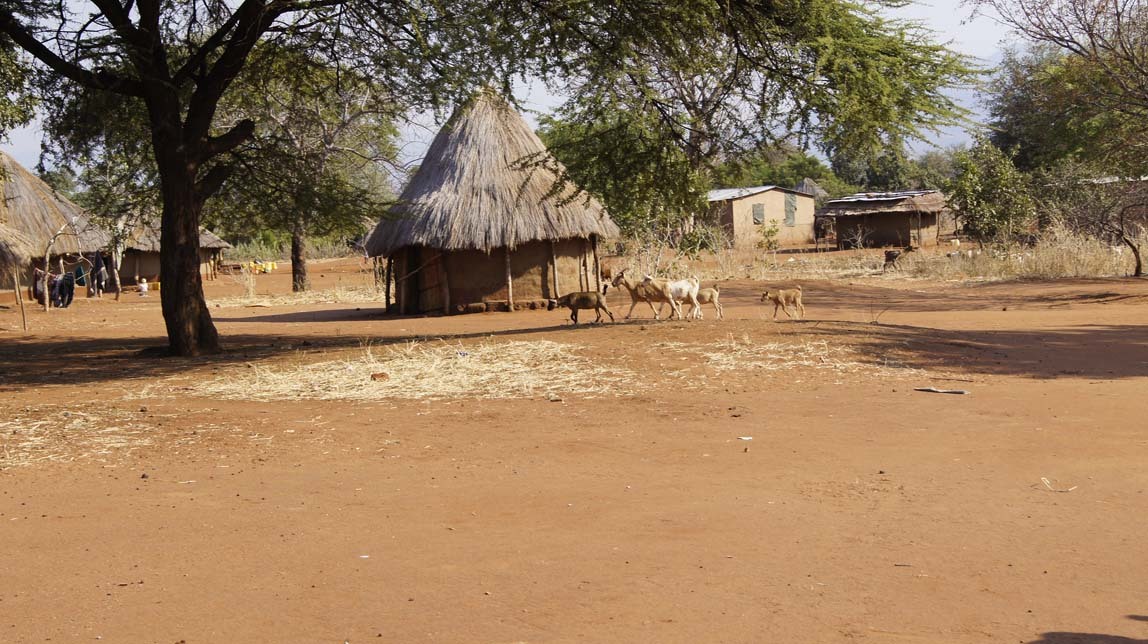
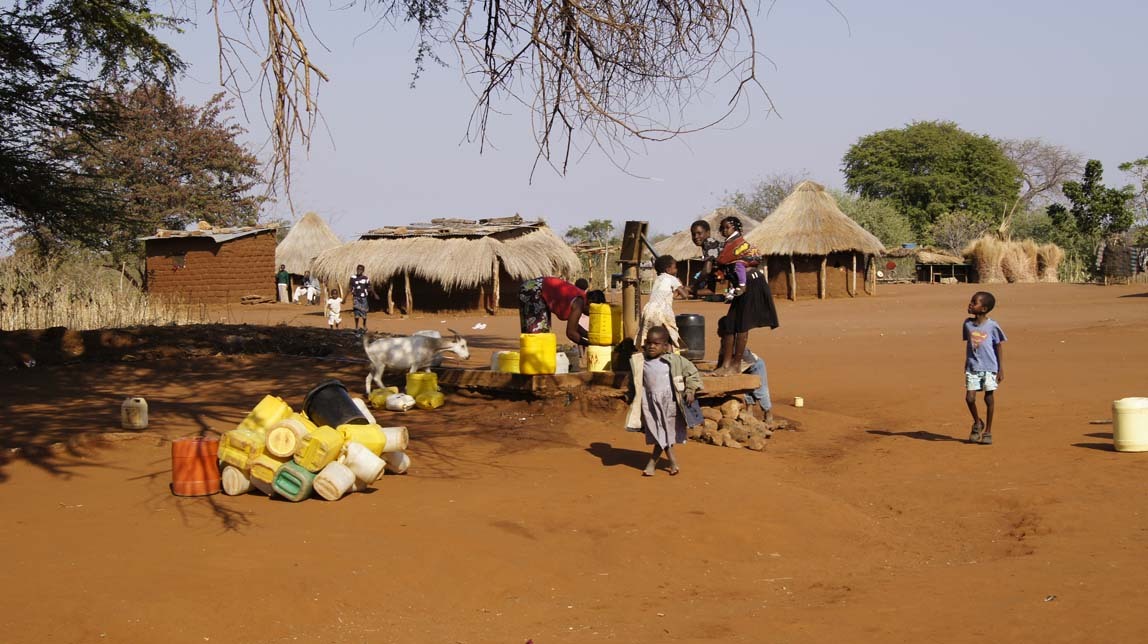
Okay, here are the photos of kids. We were forewarned that they liked to have their pictures taken, and then they want to see the photo on our digital cameras. Those of us taking photos were nearly mobbed, in a friendly and cute way. The photos below are only a fraction of the all the photos I took.
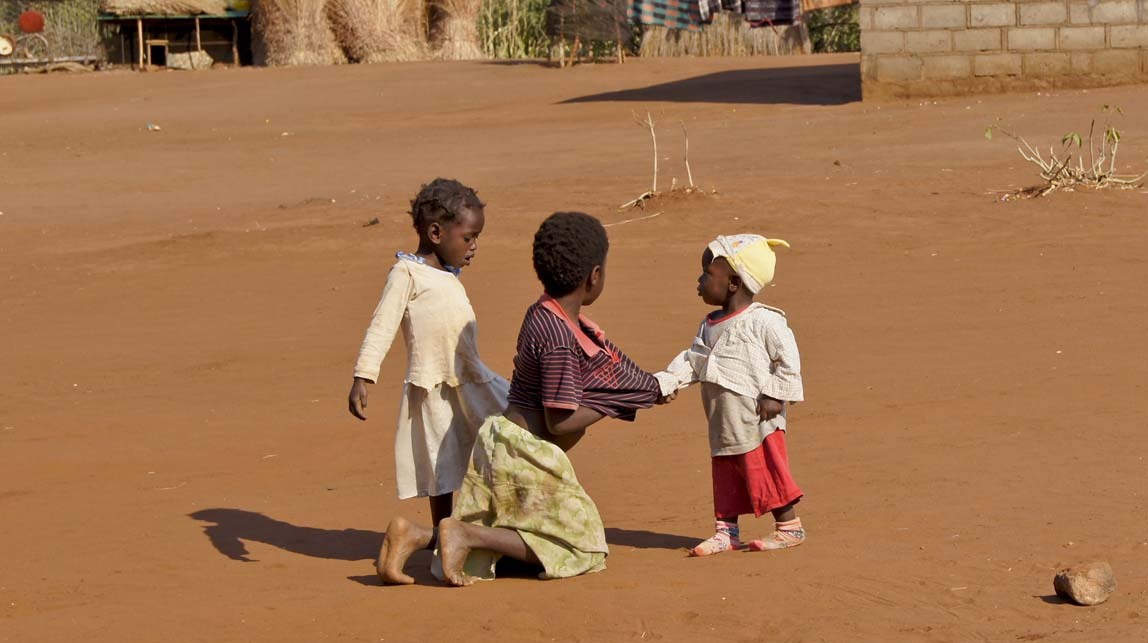
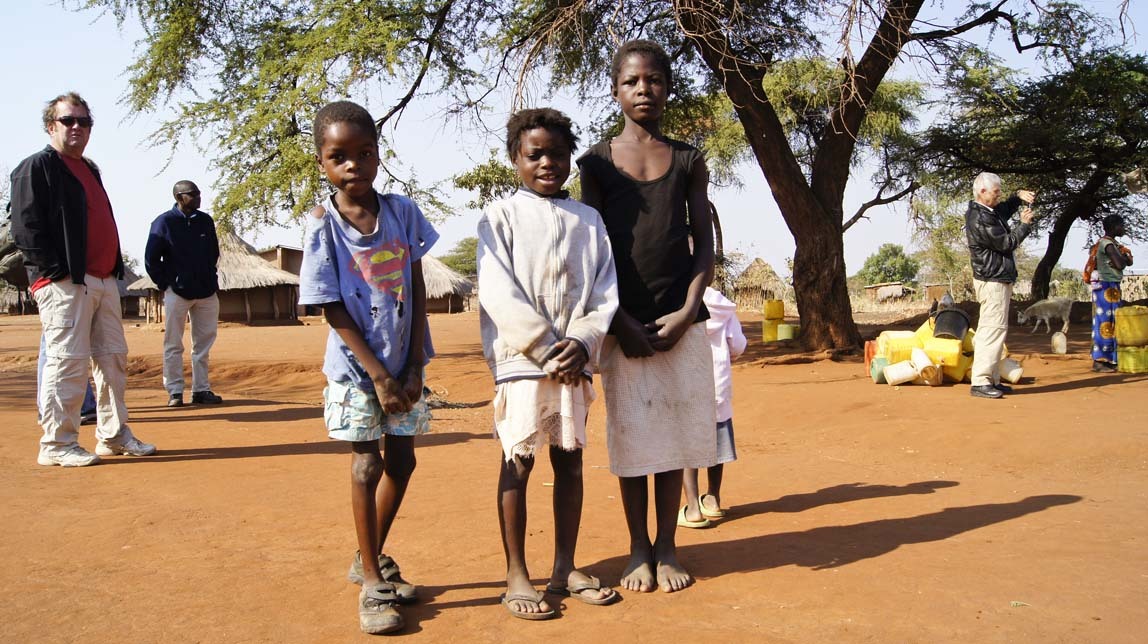
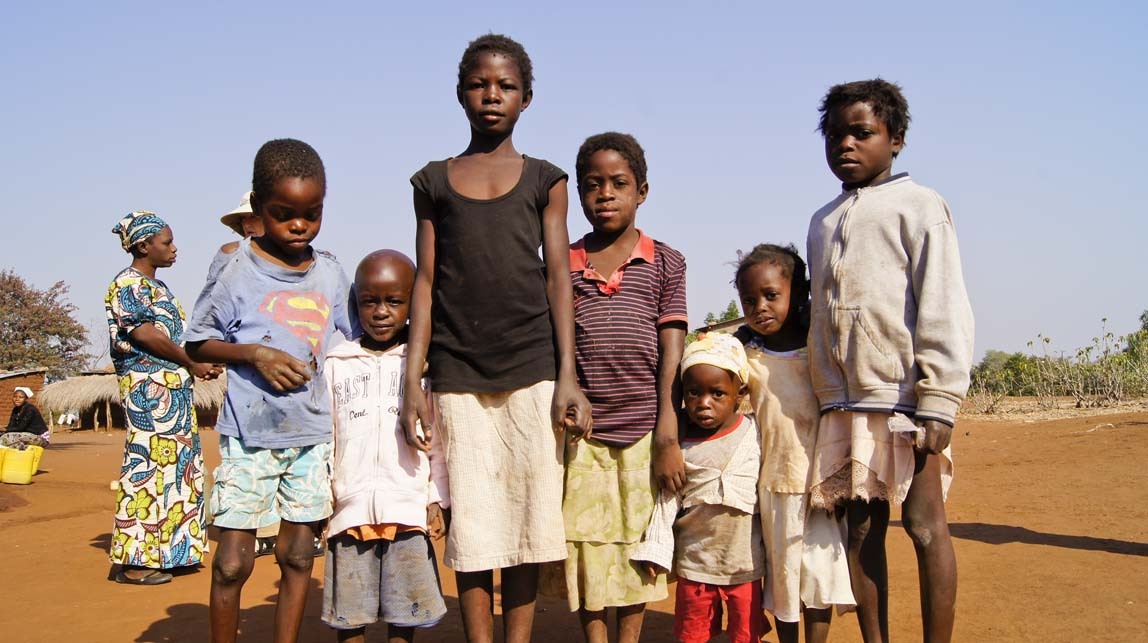
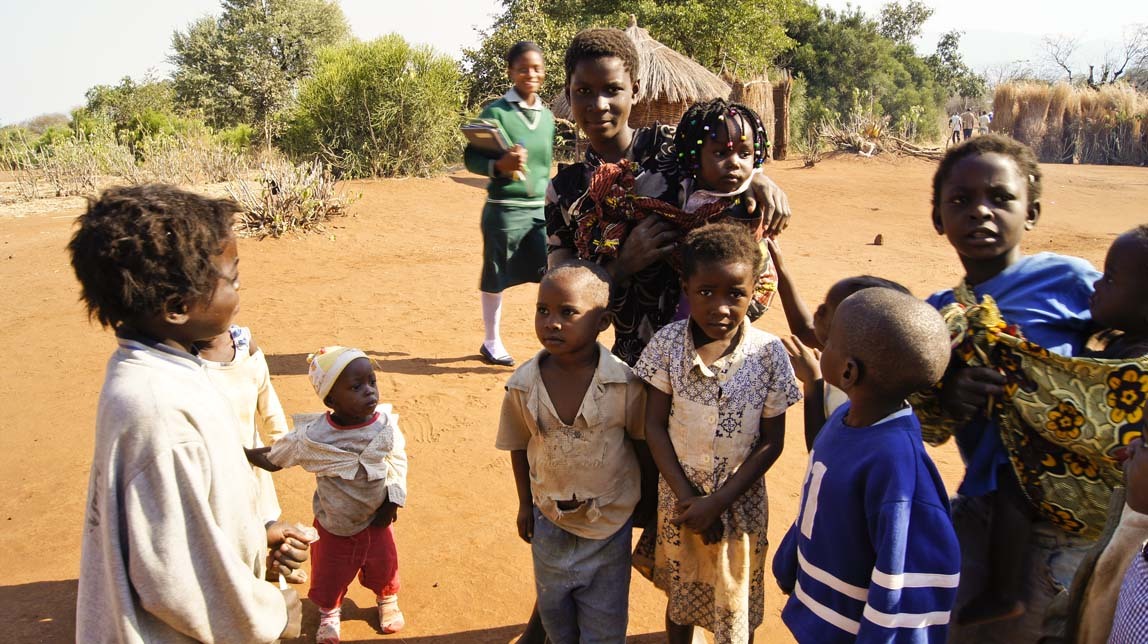
note the schoolgirl dressed in green behind the group of kids
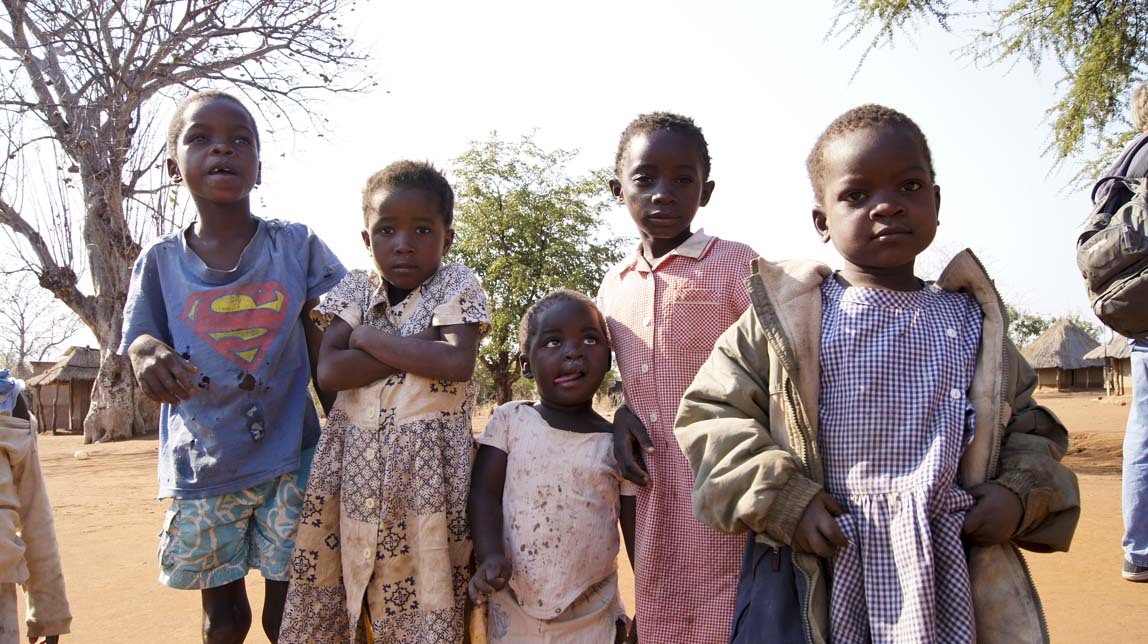
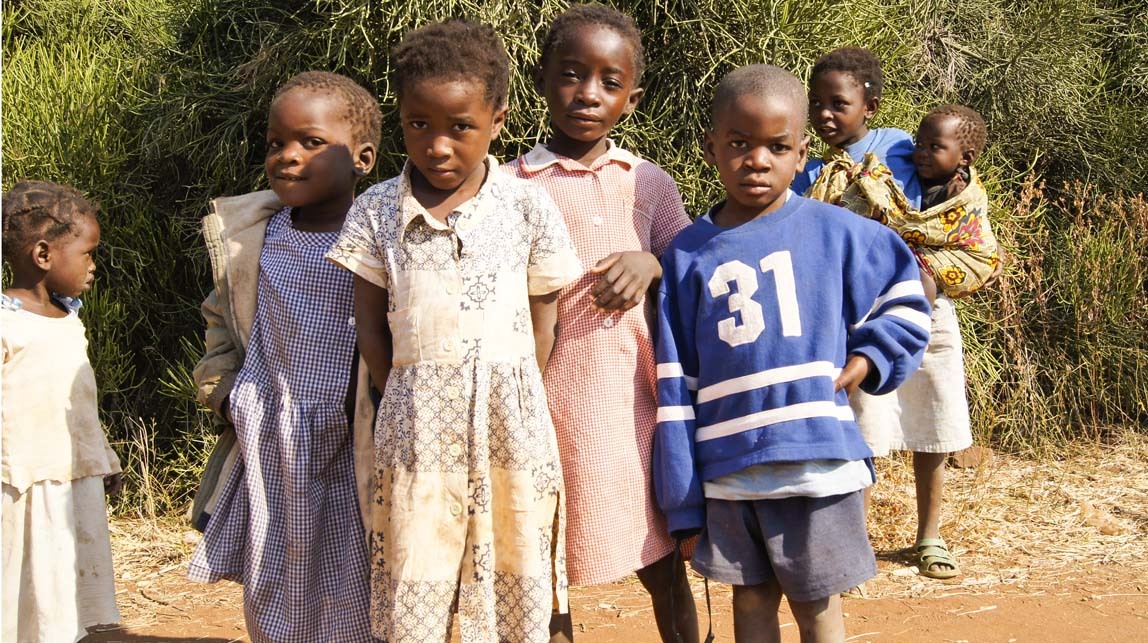
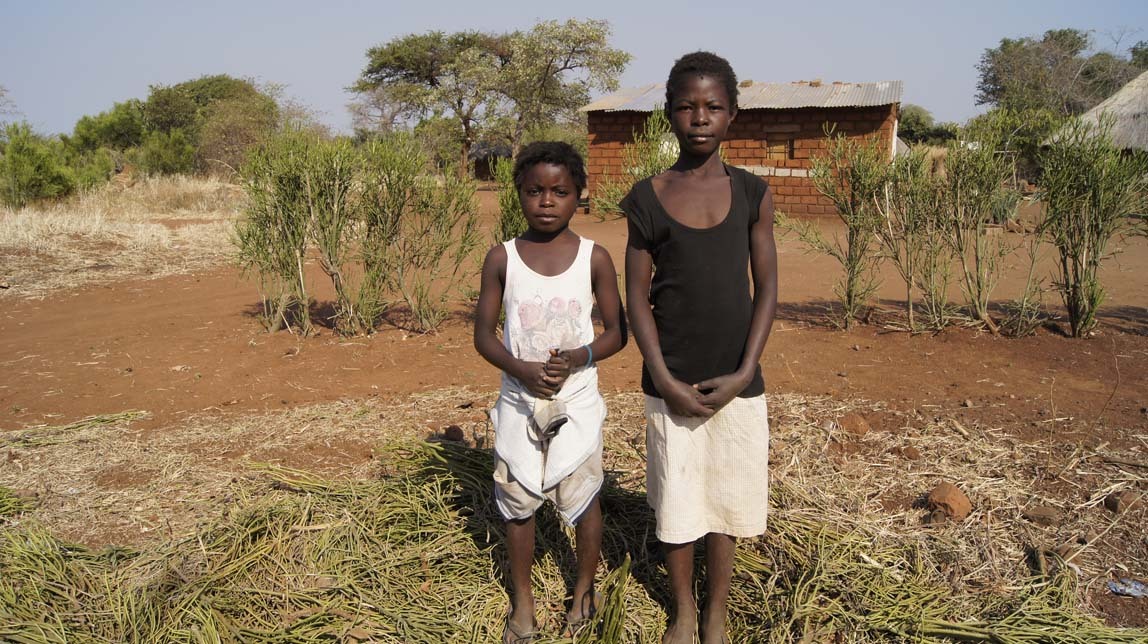

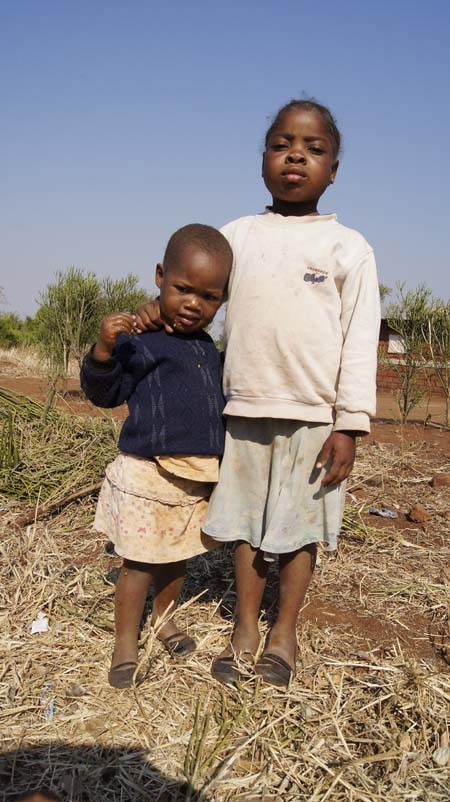
The village school is near the edge of the village.
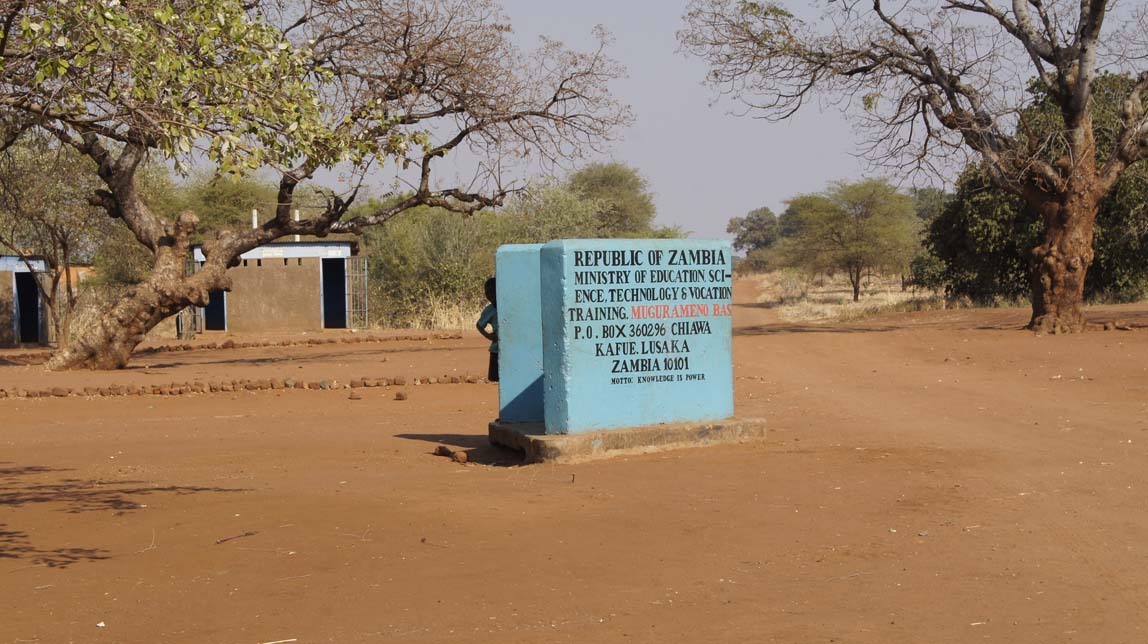
entry to school
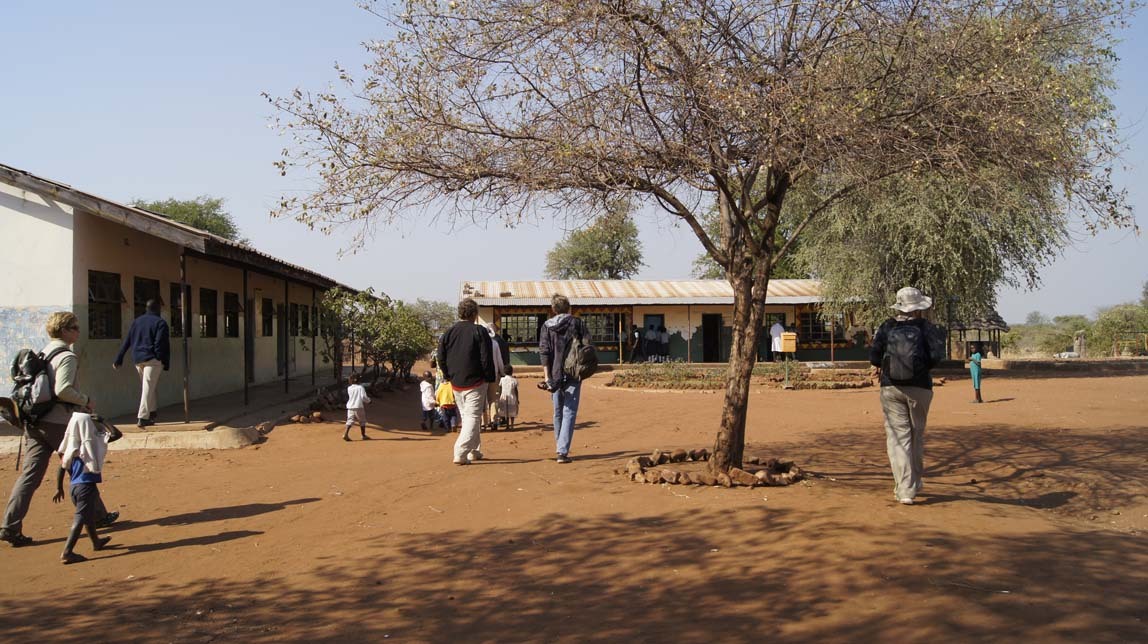
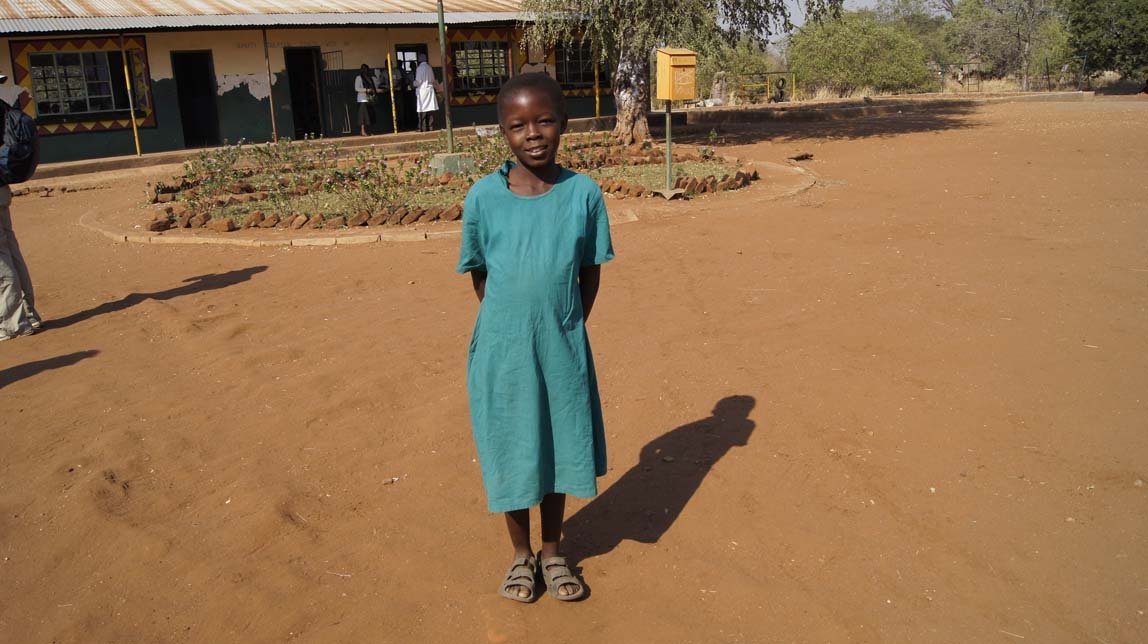
a schoolgirl
The school goes from primary grades through high school. We visited several different classrooms, or grades. In each, our tour group was presented to the students and they said hello to us in English. In one classroom, we were encouraged to go around and talk to individual students. Below is a photo of the entrance to the science class.
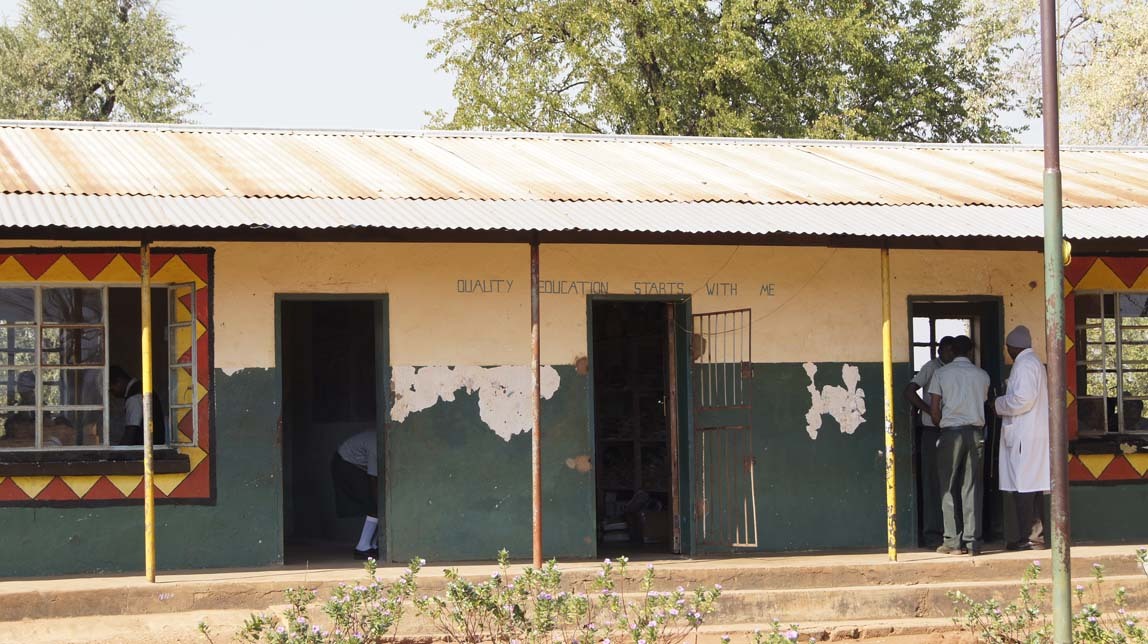
More kids:
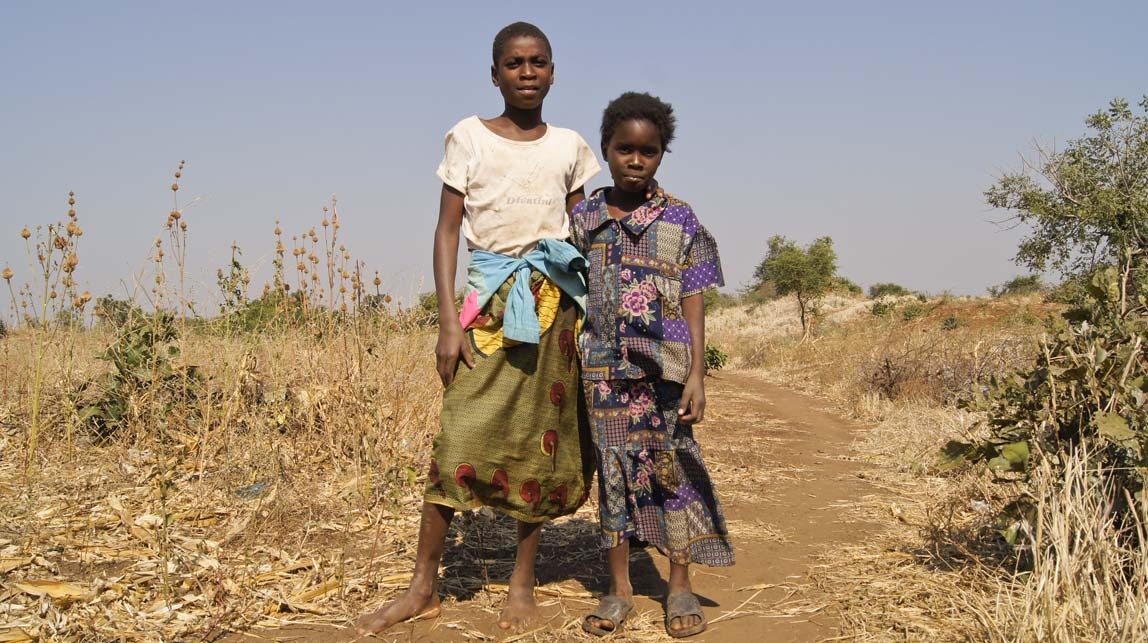
This class is made up of orphans (many are AIDs orphans).
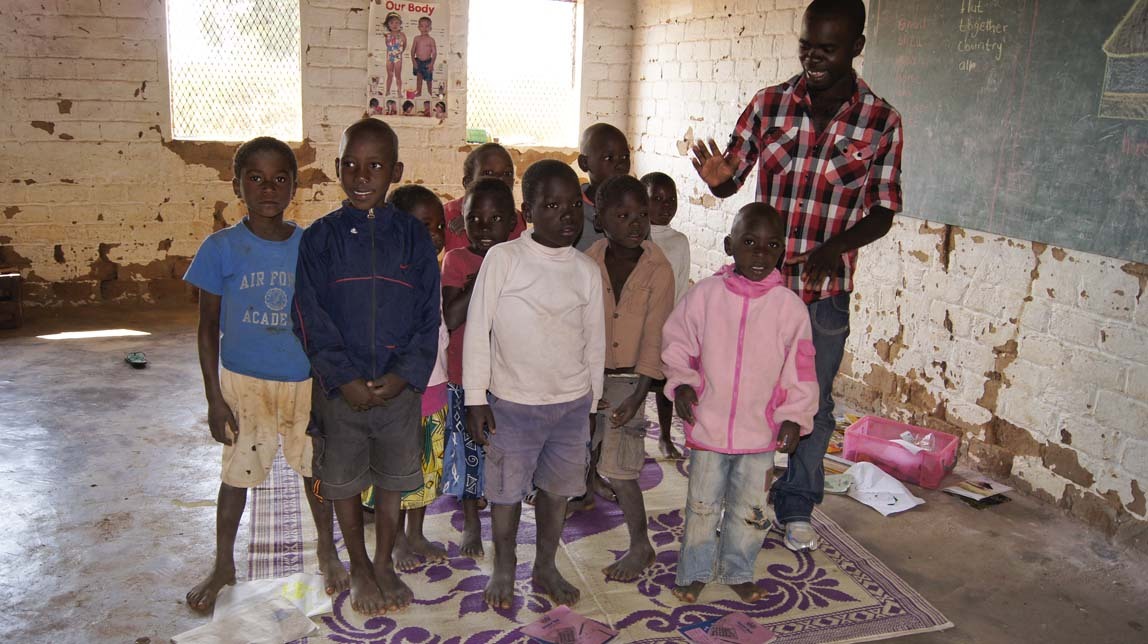
Next, we went to the "cultural" area of the village. This is an area not so much actively lived-in as preserved to show the cultural heritage of the local peoples. We were taught how to properly greet the chief, and then we met the chief. Then we walked around the different huts and our guide explained what is done in each one, such as food storage or preparation, etc.
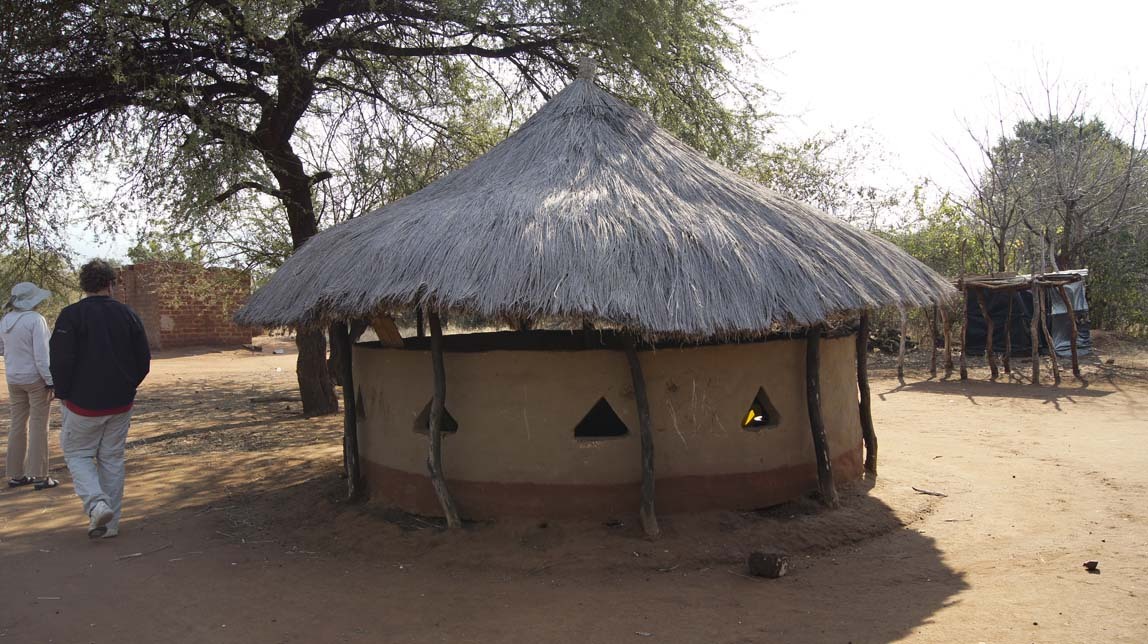
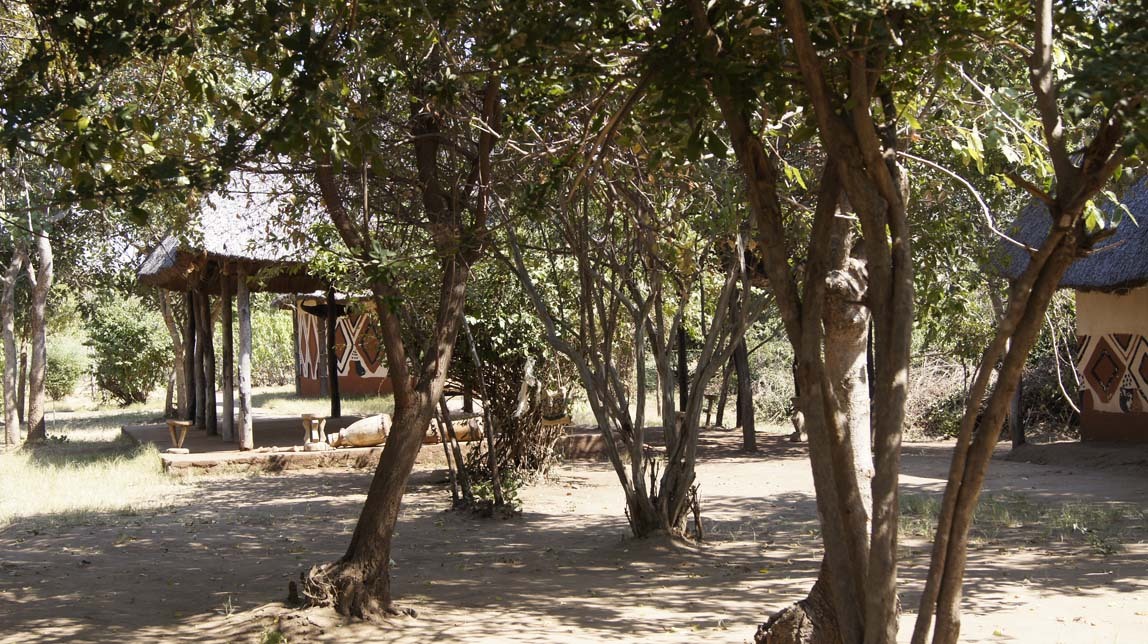
Our village guide then took us to see a small museum and explained all the artifacts:
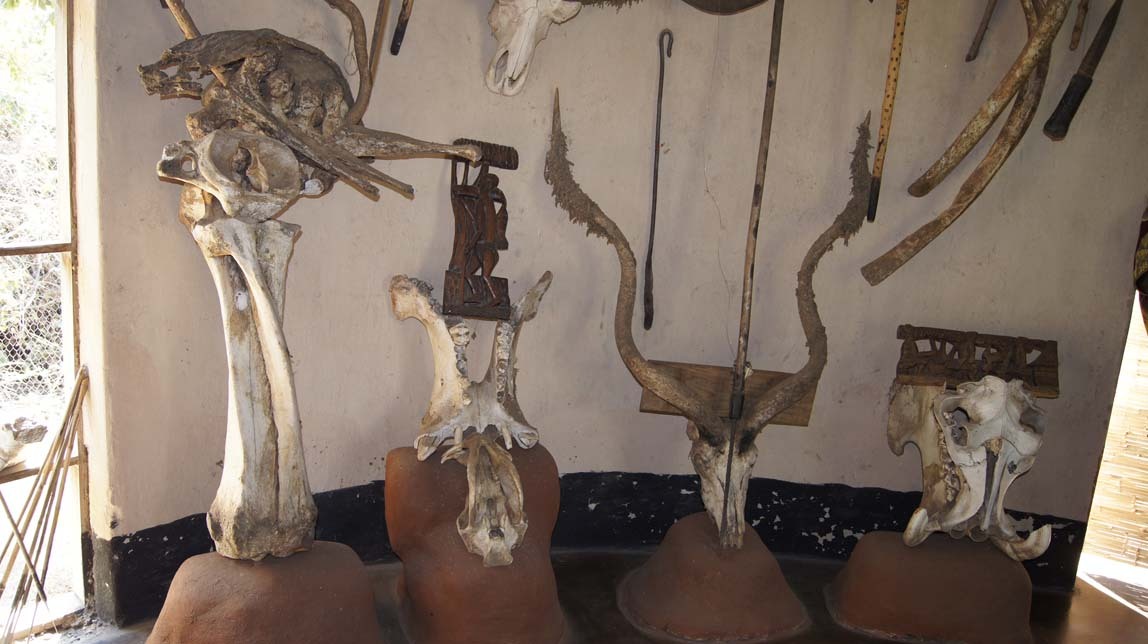
This is the "hippo watch tower". Someone is always on watch and ready to give an alert if a hippo tries to come into the village. Hippos and elephants wreak havoc on gardens, and hippos will charge right over anyone who comes between them and the water.

Making flour:
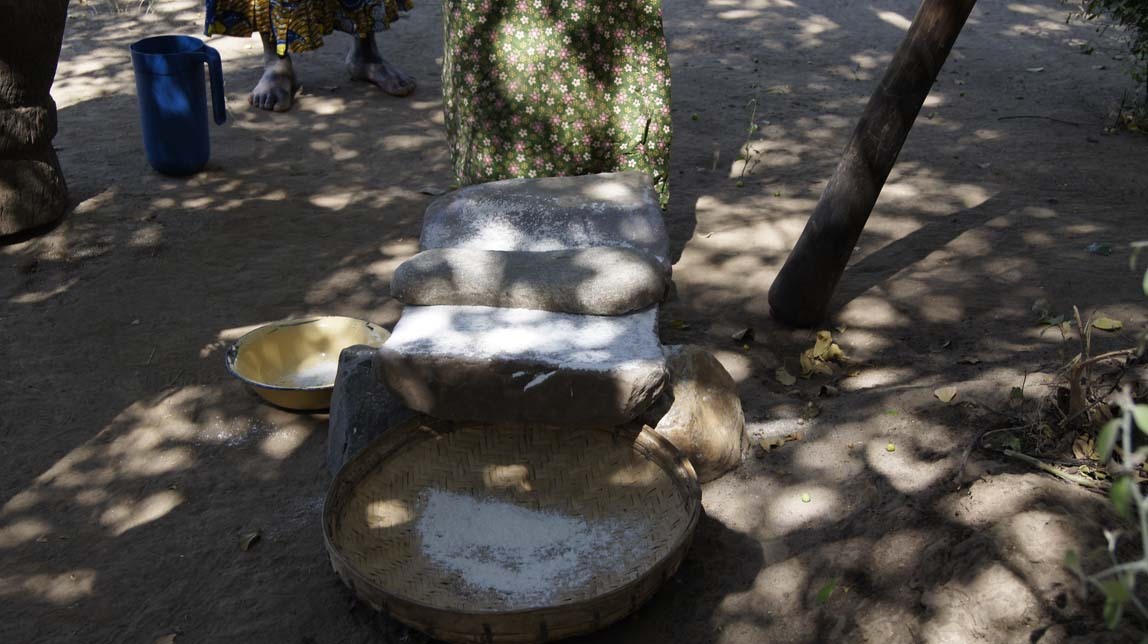
The final part of the tour was a dance recital by the local village women.
At one point, they came out into the audience and tied sashes around our waists and led us back to join in their dance.
They demonstrated a "spinner top" game. John tried it.
We returned by boat to the Royal Zambezi in the early afternoon. This is our last full day of the safari, we are sad it's almost over. Well, at least we have the afternoon to enjoy.
Navigation: first safari blog entry
Next blog entry
Chiawa village:


The children of the village are very curious about their tourist-visitors. Below is a photo of the first kids that we saw. Don't worry, I have better photos of these beautiful young people. At this point, I am documenting that from the very first moment, the children started following us around.

Our village guide gives a short introductory presentation, then we walk through the living area of the village. There are huts and small buildings scattered around, a central area with a water pump and a farmers market, and kind of a city-center area with music and bars.




Okay, here are the photos of kids. We were forewarned that they liked to have their pictures taken, and then they want to see the photo on our digital cameras. Those of us taking photos were nearly mobbed, in a friendly and cute way. The photos below are only a fraction of the all the photos I took.




note the schoolgirl dressed in green behind the group of kids





The village school is near the edge of the village.

entry to school


a schoolgirl
The school goes from primary grades through high school. We visited several different classrooms, or grades. In each, our tour group was presented to the students and they said hello to us in English. In one classroom, we were encouraged to go around and talk to individual students. Below is a photo of the entrance to the science class.

More kids:

This class is made up of orphans (many are AIDs orphans).

Next, we went to the "cultural" area of the village. This is an area not so much actively lived-in as preserved to show the cultural heritage of the local peoples. We were taught how to properly greet the chief, and then we met the chief. Then we walked around the different huts and our guide explained what is done in each one, such as food storage or preparation, etc.


Our village guide then took us to see a small museum and explained all the artifacts:

This is the "hippo watch tower". Someone is always on watch and ready to give an alert if a hippo tries to come into the village. Hippos and elephants wreak havoc on gardens, and hippos will charge right over anyone who comes between them and the water.

Making flour:

The final part of the tour was a dance recital by the local village women.
At one point, they came out into the audience and tied sashes around our waists and led us back to join in their dance.
They demonstrated a "spinner top" game. John tried it.
We returned by boat to the Royal Zambezi in the early afternoon. This is our last full day of the safari, we are sad it's almost over. Well, at least we have the afternoon to enjoy.
Navigation: first safari blog entry
Next blog entry
Comments
No comments yet
Add Comment